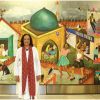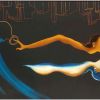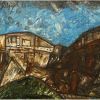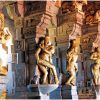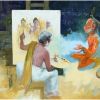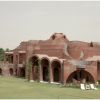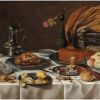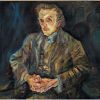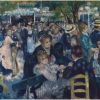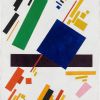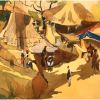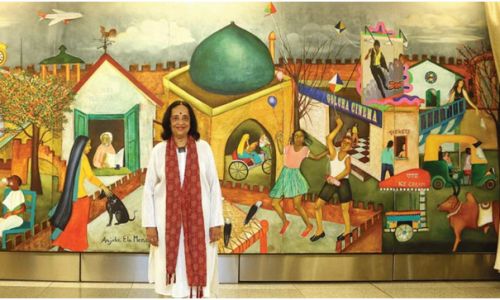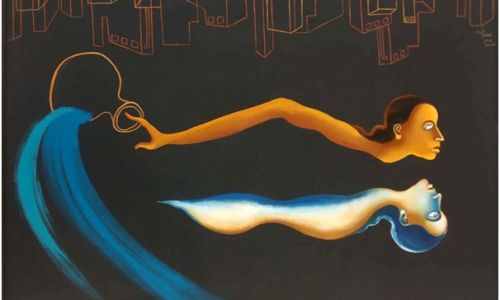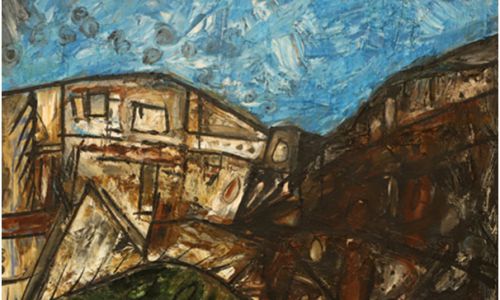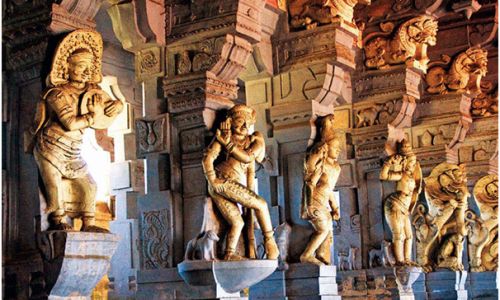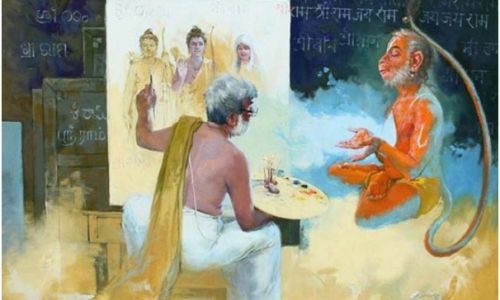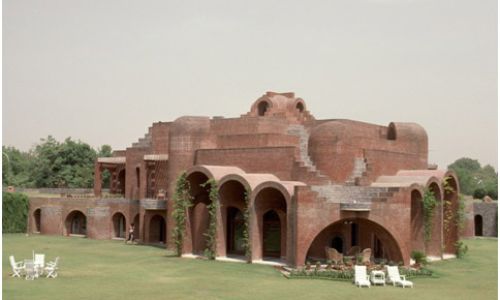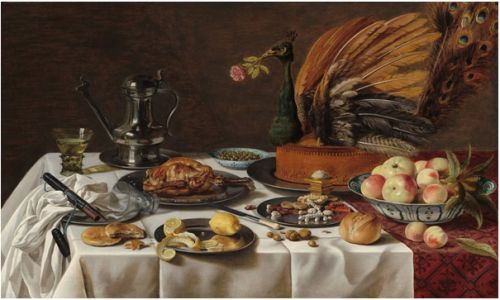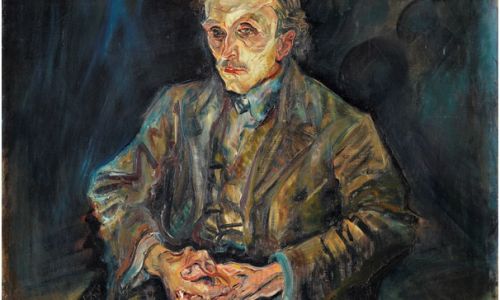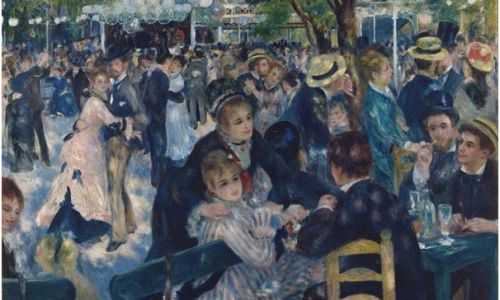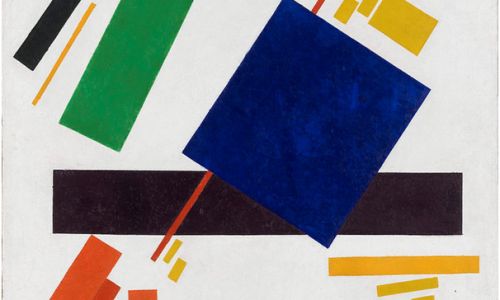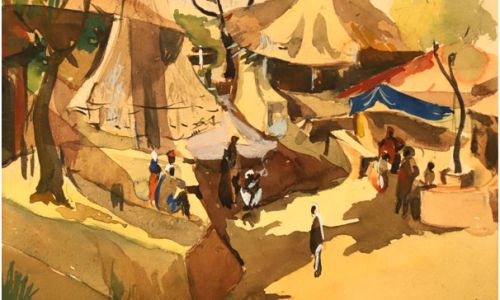Abstract Expressionism
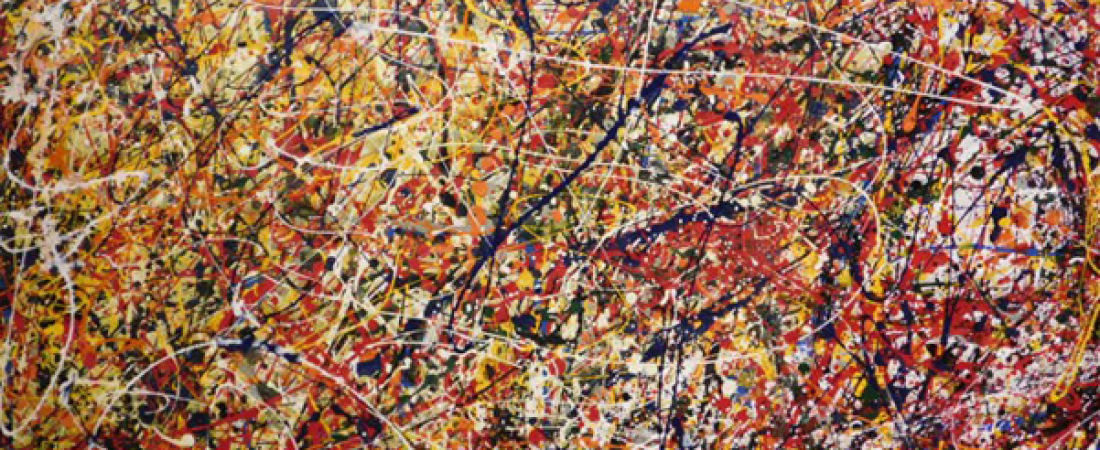
The art movement Abstract Expression is not be confused with Expressionism which emerged in Germany in the 19th century nor with Abstraction, an art movement existing since the early 1900s that helped shape Cubism. Abstract Expressionism is exclusively an American art movement which developed in New York after World War II. It was the first art movement from the United States of America to get international recognition and influence. The Abstract Expressionist movement itself is generally regarded as having begun with the paintings done by American artist Jackson Pollock and Dutch-American artist Willem de Kooning in the late 1940s and early ’50s.
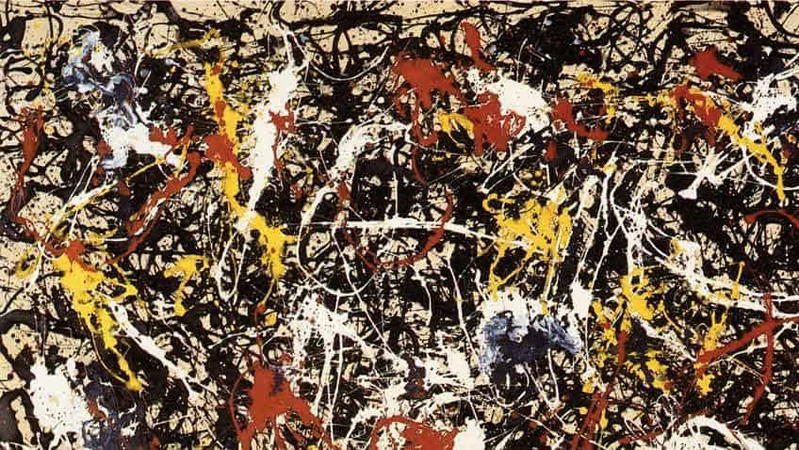
One of Jackson Pollock’s famous pieces
The movement comprised many different painterly styles, varying in both technique and quality of expression. Despite this variety, Abstract Expressionist paintings share several broad characteristics. Firstly, they are abstract i.e., without the Realist form or structure. These forms and structures may be inspired by the visual reality but are often conjured from the painter’s imagination. The colours or lines present in the painting bleed into each other, creating an incomprehensible design. Sometimes, Abstract Expressionists also use geometric shapes and various colours on canvas in a haphazard, unplanned manner.
The emphasis in such paintings is given on free, spontaneous, and personal emotional expression. For this, Abstract Expressionistsexercise considerable freedom of technique and execution. Some of the common themes addressed through this style are sensuousness, dynamism, violence, mystery, lyricism, and so on.
There are typically two kinds of Abstract Expressionism paintings, which are discussed below.
Action Painting: In Action Painting, painters used a style that involved colourful streaks and overlapping lines of paint. The use of layers of paint and rigid contrasting edges are common characteristics of this style.
The charm of the artwork lies in the loose, rapid, dynamic, or forceful handling of the paint in sweeping or slashing brushstrokes as well as the mix of techniques used to achieve it. The dripping or spilling the paint directly onto the canvas is encouraged as it allows the artwork to have more movement and texture.
Jackson Pollock was the first Abstract Expressionist to practice Action Painting, inspiring his contemporaries to take up styles similar to his. His style comprised of dripping commercial paints on raw canvas to build up intensity and texture and using tangled skeins of paint to draw linear patterns.
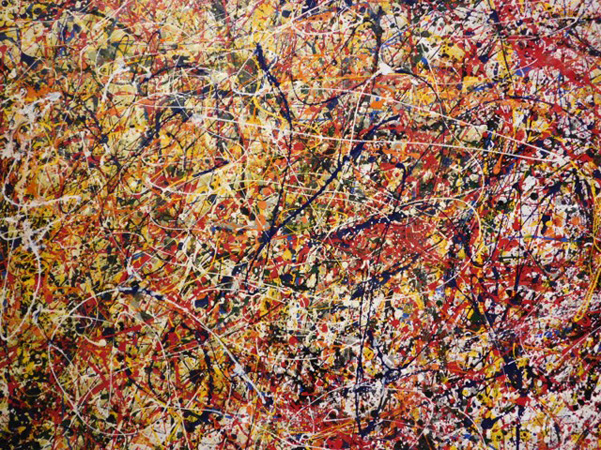
Jackson Pollock (1951)
Artists Willem De Kooning and Franz Kline were also known for their Action Painting. De Kooning used vigorous and expressive brushstrokes to make colourful and textured images while Kline used powerful, sweeping black strokes on a white canvas creating monumental forms.
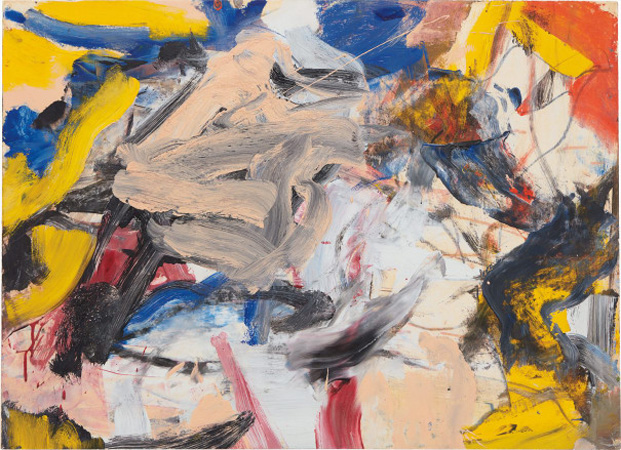
Willem De Kooning
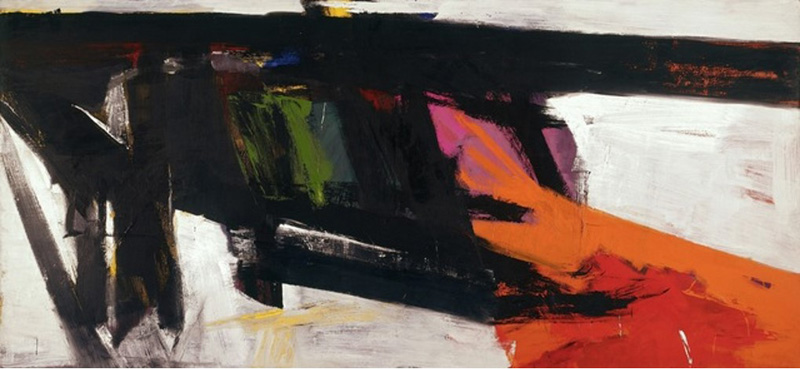
Franz Kline (1965)
Color Field Painting: Color Field Painting emerged when artists in the 1950s developed a form of modern, mythic art where they gave importance to emotions locked in ancient myths rather than the symbols. The Color Field painters focused on colour and contrast. For them, figure and ground were one and the image was infinite which exceeded beyond the canvas.
The defining characteristics of this style are the use of a single colour or a gradient and the integration of shapes through overlapping or interpenetrations, presenting no sense of the image versus the background. The works emphasize the flatness of the canvas or paper because that is what a painting is literally about.
Few masters of this style are Mark Rothko, Barnett Newman and Clyfford Still. In Britain, there was a major development of colour field painting in the 1960s in the work of Robyn Denny, John Hoyland, Richard Smith and others.

Mark Rothko’s Gallery
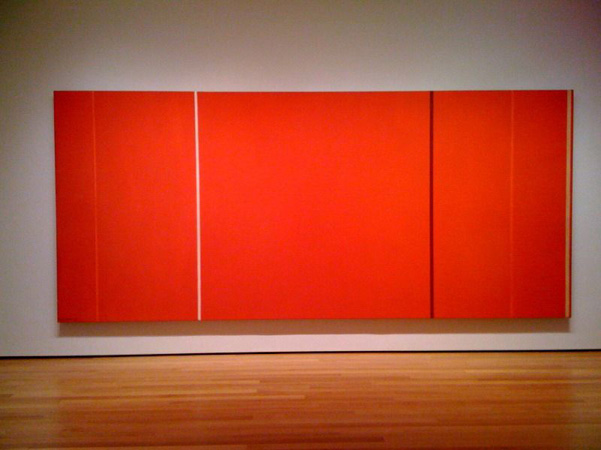
Barnett Newman’s Gallery
The style was championed most enthusiastically by critic Clement Greenberg, who acclaimed the advances it achieved in the realm of form and composition.
How did Abstract Expressionism develop in America? How did it come to India?
Since the 1800s, Europe had become the hub of culture and art in the world. Artists such as Da Vinci, Van Gogh, Picasso, and so on, all lived and worked from Paris or from within France and Belgium. But because of the World Wars, Europe had become a barren battlefield where constant bombings threatened civil and cultural life. As a result, many European artists migrated to the United States of America during the 1930s to escape their fascist regimes and years of warfare. Soon, New York City emerged as the new cultural centre of the world as a diverse group of European artists such as Arshile Gorky, Marcel Duchamp, Salvador Dalì, Piet Mondrian, and Max Ernst, and the influential German teachers Josef Albers and Hans Hofmann settled and started working from here.
American artists’ exposure to European modernist movements resulted in the founding of the Museum of Modern Art (MoMA) in 1929, the Museum of Non-Objective Painting (later renamed as the Guggenheim Museum, 1939), and galleries that dealt in modern art, such as Peggy Guggenheim’s Art of this Century (1941). Both Americans and European expatriates joined American Abstract Artists, a group that advanced abstract art in America through exhibitions, lectures, and publications.
The period during the 1940s and ’50s was dominated by Abstract Expressionism which became the first truly American modernist movement (sometimes called the New York School), championed by the influential critic Clement Greenberg.
In India, the 1940s-1950s was the period that experimented with Modern styles and produced works that were displayed at important galleries around the world. Artist H A Gade was one of the first famous and accredited artists who practised Abstract Expressionism. Few other masters of this style are Vasudeo S. Gaitonde, Ravi Mandlik and Natvar Bhavsar.

